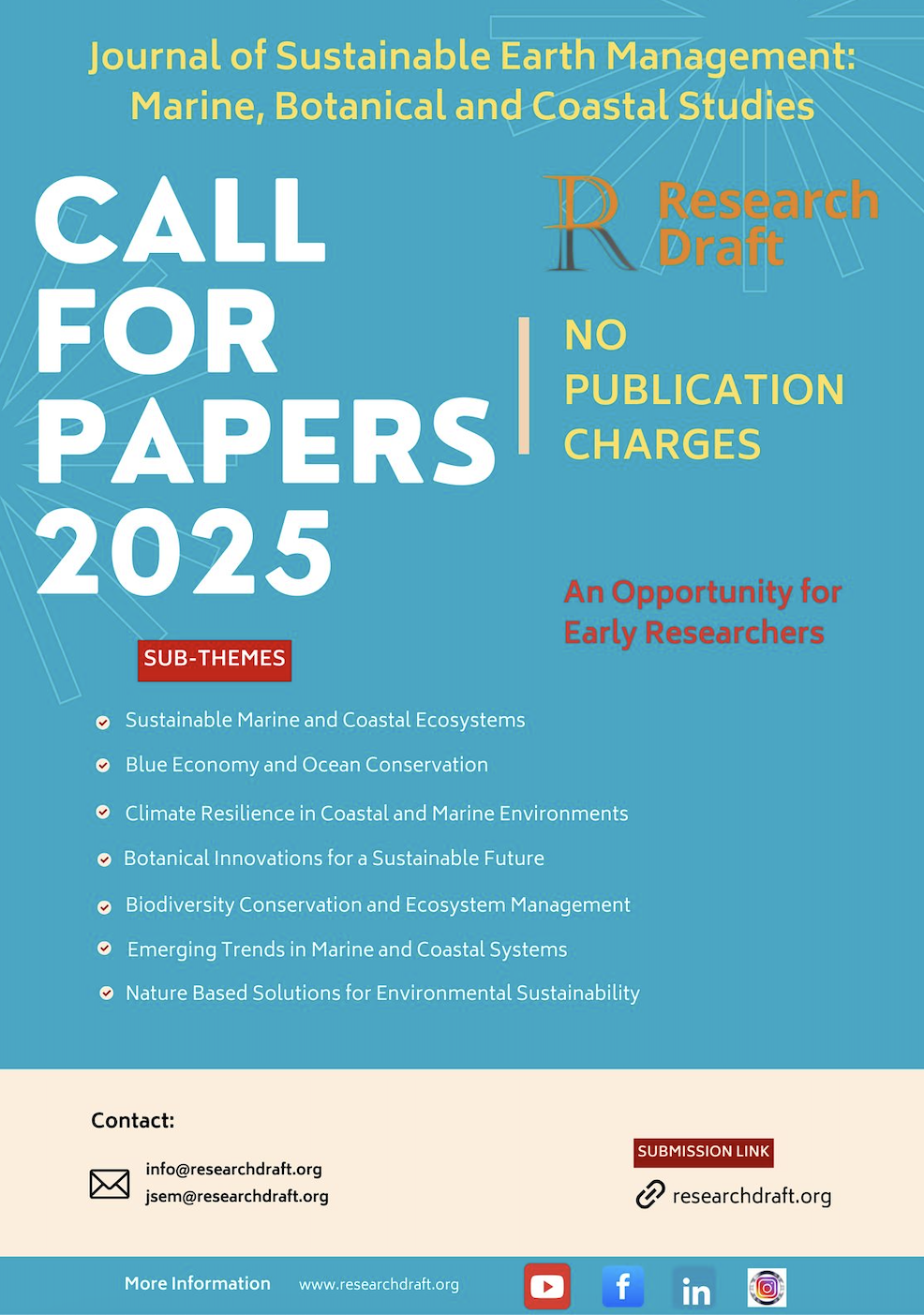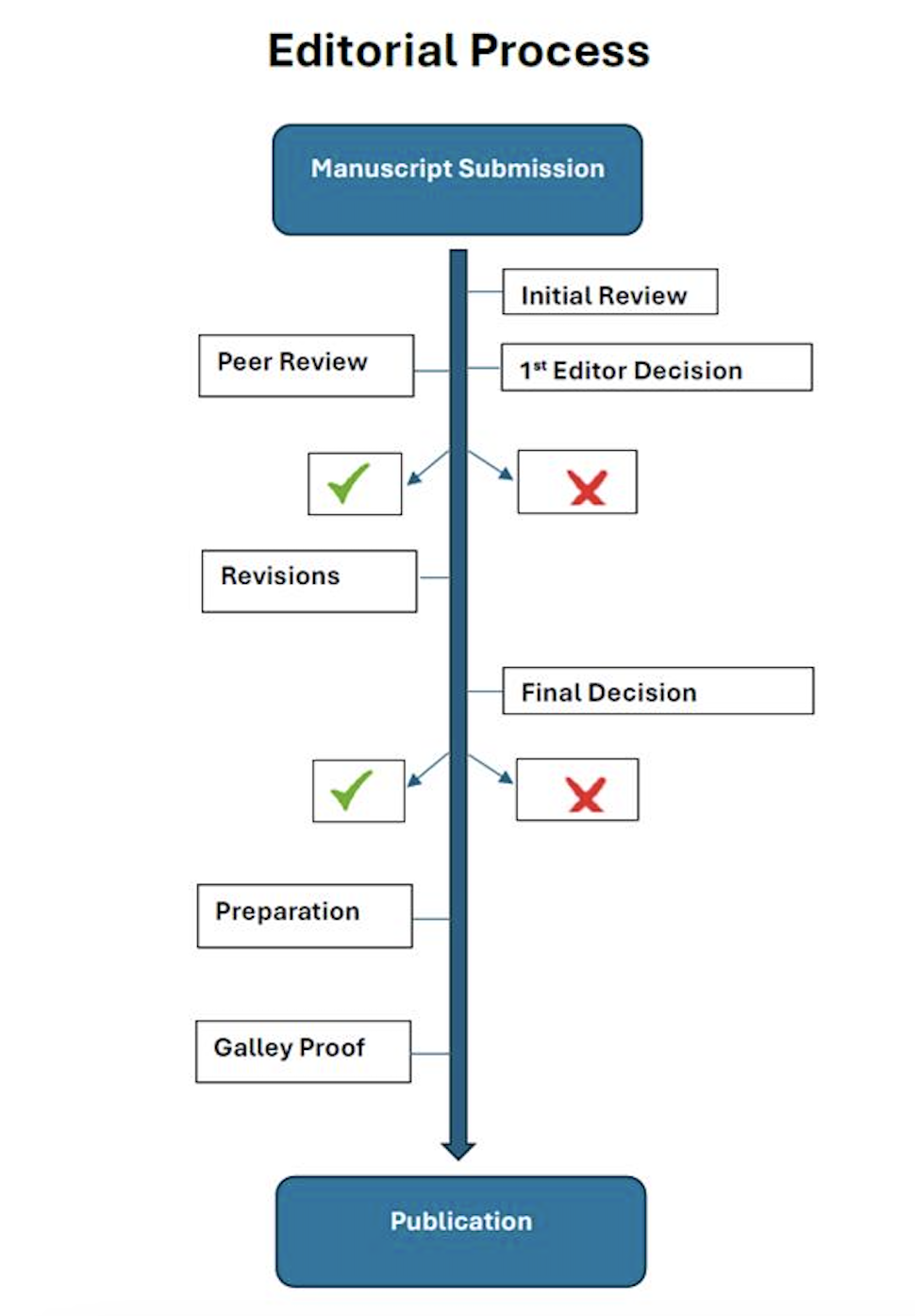A Comparative Qualitative Phytochemical Analysis of Crude Extracts of Indigenous Plant Xanthium strumarium L. Aerial Parts
Abstract
Xanthium strumarium Linn. (Asteraceae) is an indigenous medicinal plant, found all over Asia. It is a common roadside hedge in Pakistan. The plant is abundant in bioactive metabolites attributing medicinal properties to it. Crude extracts of its aerial parts have been in practice in herbal medicine to treat various syndromes since inception such as fever, headache, sinusitis, herpes, arthritis, etc. Moreover, it also provides relief from cramping and limb numbness. Xanthium stumarium is a dynamic anthelmintic, laxative and digestive agent used to cure epilepsy, urogenital infections and hormonal disorders. Current study investigates qualitative analysis of primary and secondary metabolites present in aqueous, methanol and dichloromethane extracts of X. strumarium aerial parts. Preliminary screening showed polar crude aqueous and methanol extracts were a good source of flavonoids, tannins, terpenoids, alkaloids, carbohydrates, proteins and carboxylic acids whereas non-polar dichloromethane extract was rich in plant gums, a therapeutic potent constituent. This qualitative analysis of phytochemicals may be thought provoking to explore further bioactive phytochemicals from this indigenous X. strumarium mainly in benign medium (aqueous), so that low cost medicines can be developed to treat various health issues.
Downloads
Published
Issue
Section
License
Copyright (c) 2025 AMINA SULTANA, Anila Wahab Wahab, Rubina Perween Perween, Rabia Farheen Farheen, Anila Anwar Anwar (Author)

This work is licensed under a Creative Commons Attribution 4.0 International License.
Submission declaration
Authors retain the copyright to their work and grant the Journal of Sustainable Earth Management (JSEM), the right of first publication under a Creative Commons Attribution 4.0 International (CC BY 4.0) license. This license allows others to share, adapt, and reuse the work for any purpose, including commercial use, as long as appropriate credit is given to the original authors and the journal.
By submitting a manuscript, authors confirm that the work has not been published previously (except as an abstract, lecture, or academic thesis), is not under review elsewhere, and has been approved by all authors and relevant authorities. Once accepted, the article will be openly accessible under the CC BY 4.0 license, ensuring wide dissemination and reuse with proper attribution.






